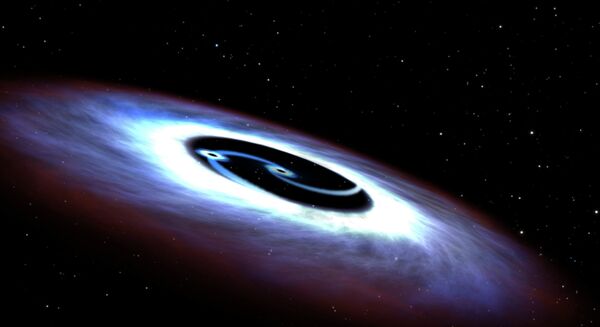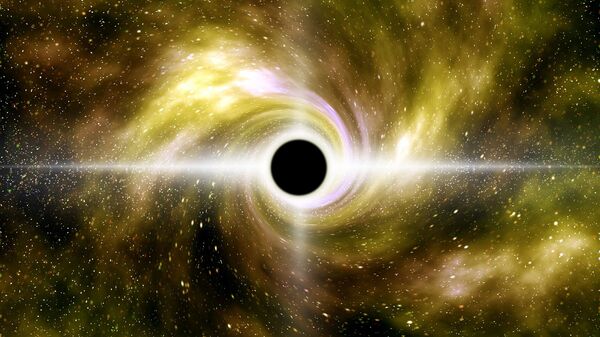A rare sighting of a cloaked black hole has been made a team of astronomers observing 10 quasars found in the early universe. The discovered object, PSO167-13, was only about 6% of the age of the universe, according to a NASA statement.
The find had been shrouded by a cloud of gas, says the study posted to the preprint server arXiv.org on 20 June, which was subsequently published in the journal Astronomy and Astrophysics.
"It's extraordinarily challenging to find quasars in this cloaked phase, because so much of their radiation is absorbed and cannot be detected by current instruments," Fabio Vito, astrophysicist at the Pontificia Universidad Católica de Chile in Santiago, Chile, and lead author of a study said in a statement.
"This was a complete surprise. It was like we were expecting a moth but saw a cocoon instead," added Niel Brandt, a physicist at Penn State University and co-author of the study.
Astronomers made the discovery using the Chandra X-ray Observatory.
Before they turn into supermassive black holes, cloaked black holes feed off material from a disk of surrounding matter, with the process generating a bright and compact source of light known as a quasar.

In its early growth stage a dense cloud of gas blocks the quasar's light until the black hole completes consuming the gas.
Astronomers estimate the discovered quasar came into existence 850 million years after the Big Bang, basing their calculation on its distance from Earth.
The previous most-distant quasar discovered was born 1.3 billion years after the Big Bang.
The new find is likely to be instrumental in helping scientists better understand the growth phase of supermassive black holes.
It may also shed light onto how they grow to a billion times the mass of the sun in a brief span of time, according to the scientists.


